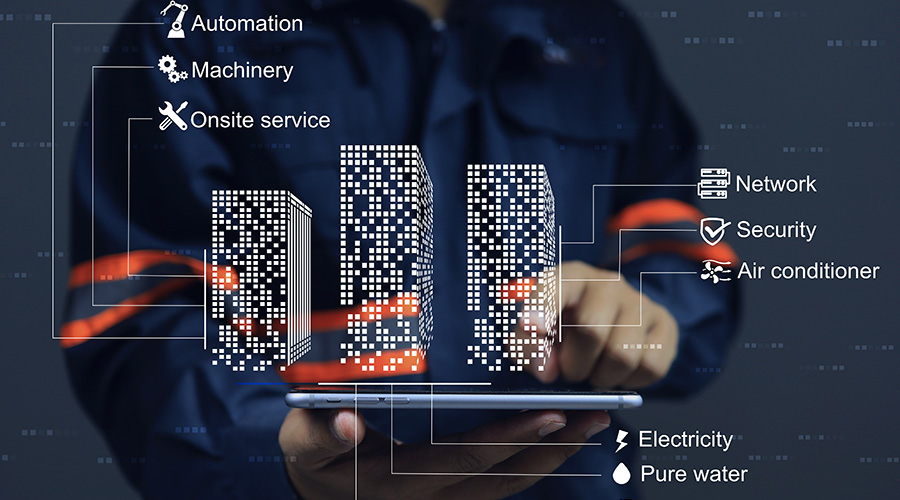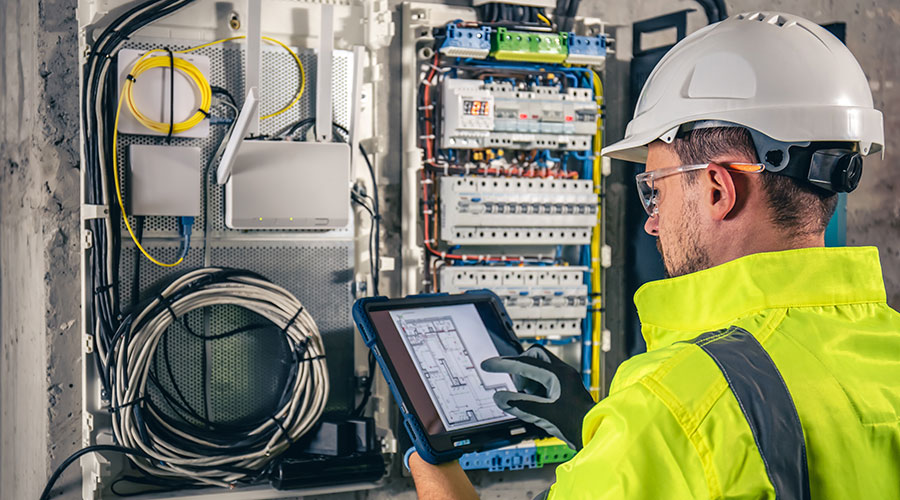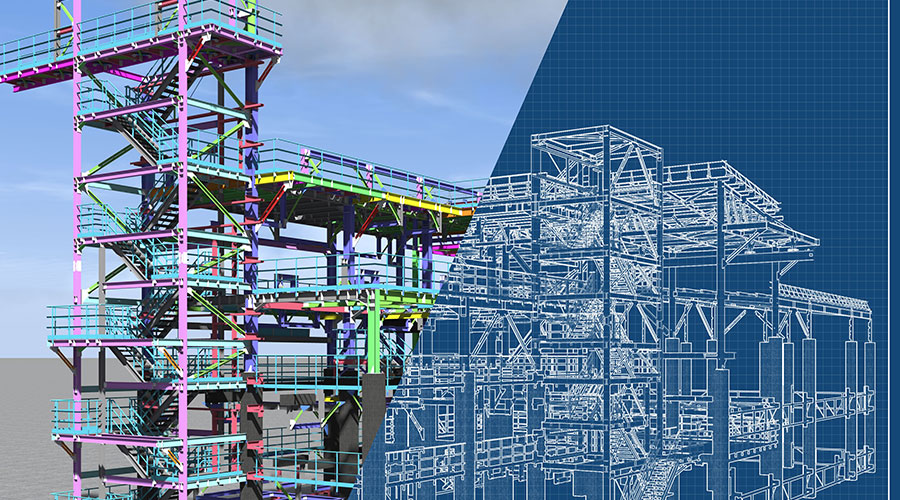Wireless Technology Takes Holds in Facilities
Wireless technology is nothing new to institutional and commercial facilities. From computerized maintenance management systems and building automation systems to medical telemetry systems, barcode systems, and cell phones, facilities are teeming with applications of wireless technology that have connected components of all kinds and enabled managers and technicians to more closely monitor and measure system performance.
The technology is changing rapidly, as are the standards that govern its application. The advances give organizations access to promising benefits in terms of enhanced system communication and performance, but they also create challenges for managers involved in incorporating the technology into facility operations.
Standard Actions
Not surprisingly, the IEEE has been very active in recent years, creating and updating a host of standards for wireless technology products and applications. The IEEE develops open consensus standards for wireless local area networks — wireless LANs — wireless personal area networks — WPANs — and wireless metropolitan area networks — wireless MANs.
One of the newest IEEE standards in development for wi-fi is 802.11n. It was designed to improve the amount of bandwidth supported by using multiple wireless signals and antennas instead of one.
The IEEE also has produced standard 1451.5 for wireless sensor applications that addresses sensor integration and sensor data interoperability using popular communication protocols, such as wi-fi, Bluetooth and ZigBee.
Wireless and Energy Efficiency
The ZigBee Alliance, a developer of a WPAN standard that conforms to IEEE standards, earlier this year announced its Smart Energy public application profile. The profile establishes a standards-based technology for new products designed to enhance energy management and efficiency. The profile seeks to improve energy efficiency by allowing end users to choose interoperable products from different manufacturers, helping them manage energy use more precisely using automation and near-real-time information.
Help for Health Care
The National Institute for Standards and Technology (NIST) recently announced it will assist healthcare organizations in evaluating and applying wireless technologies for medical applications. The institute will create a resource of models representing various wireless technologies and traffic models of medical applications. NIST will use this resource to assist the IEEE 1073 in its standardization of guidelines for wireless technologies for medical-device applications.
— Dan Hounsell, Editor
Related Topics:












